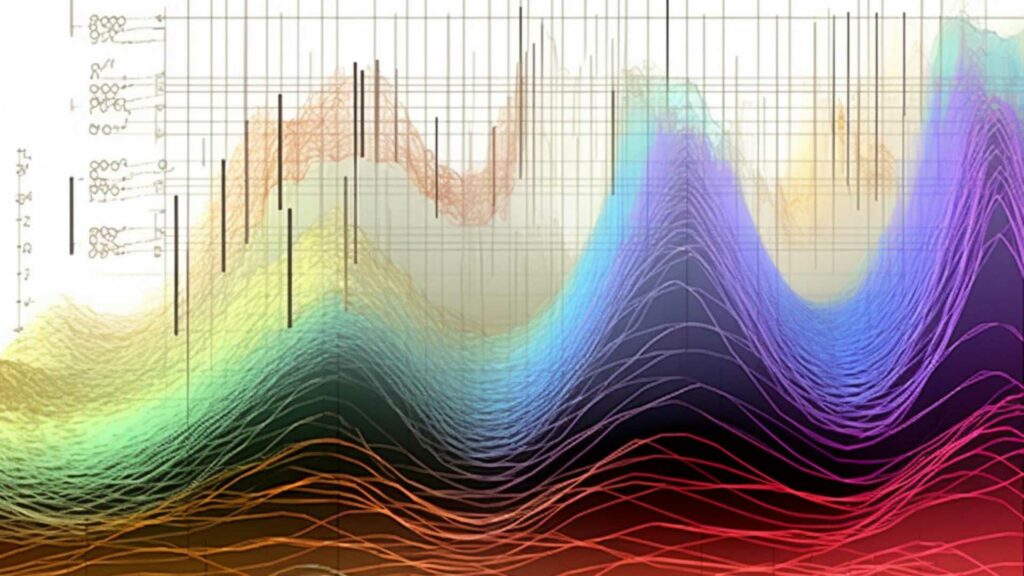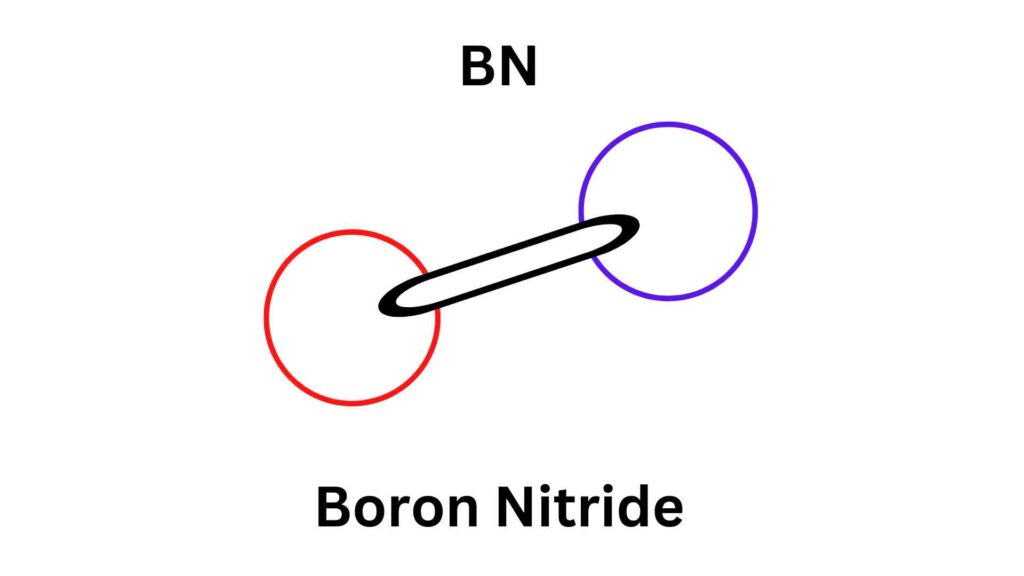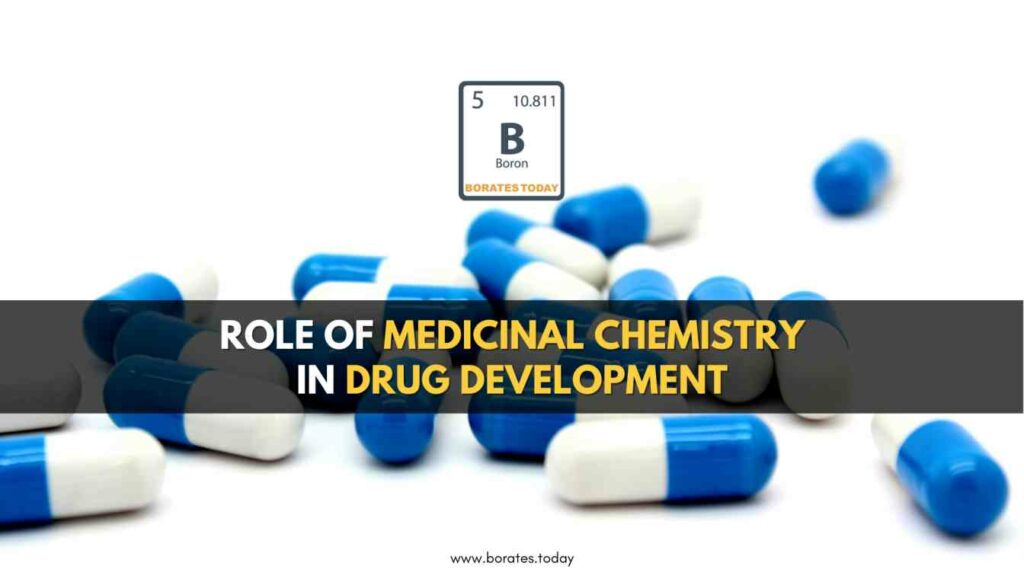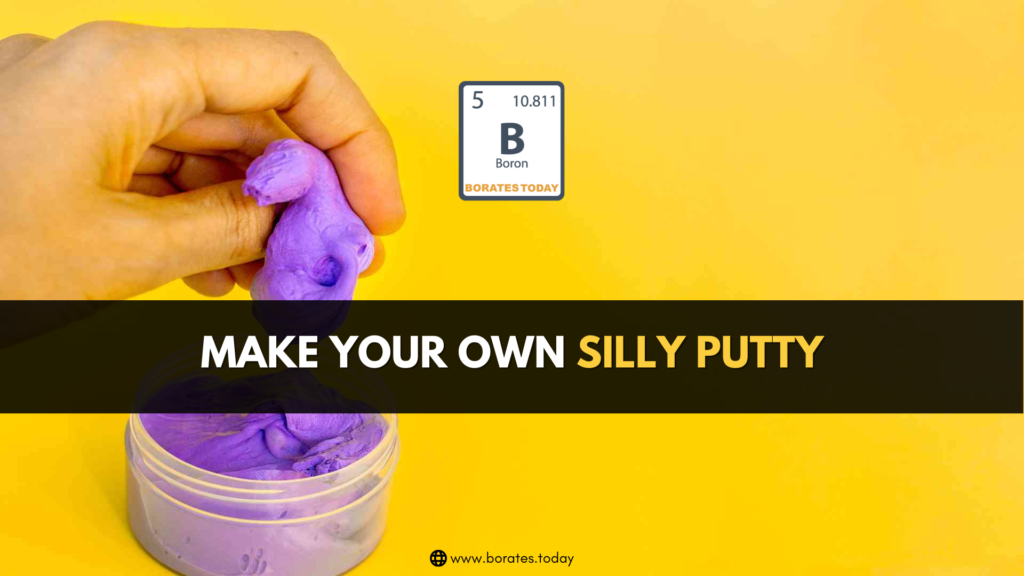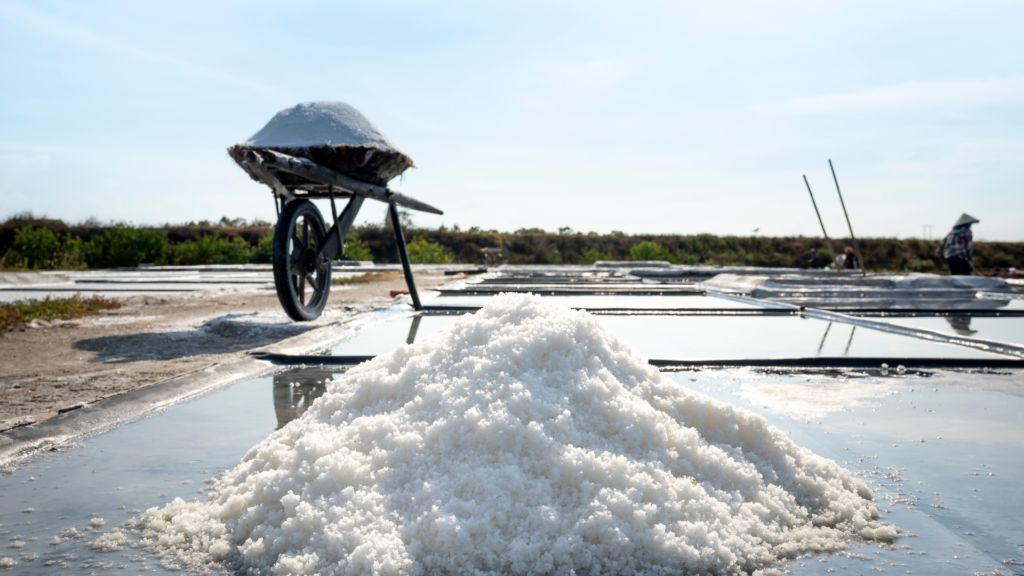Lithium Carbonate: An Overview
The market for Lithium carbonate shows steady growth. (Li2CO3) is a white, powdery substance that has medical and industrial applications. It has been used to treat mood disorders for centuries. It is used in oxidation. It is also a key compound for electric batteries.
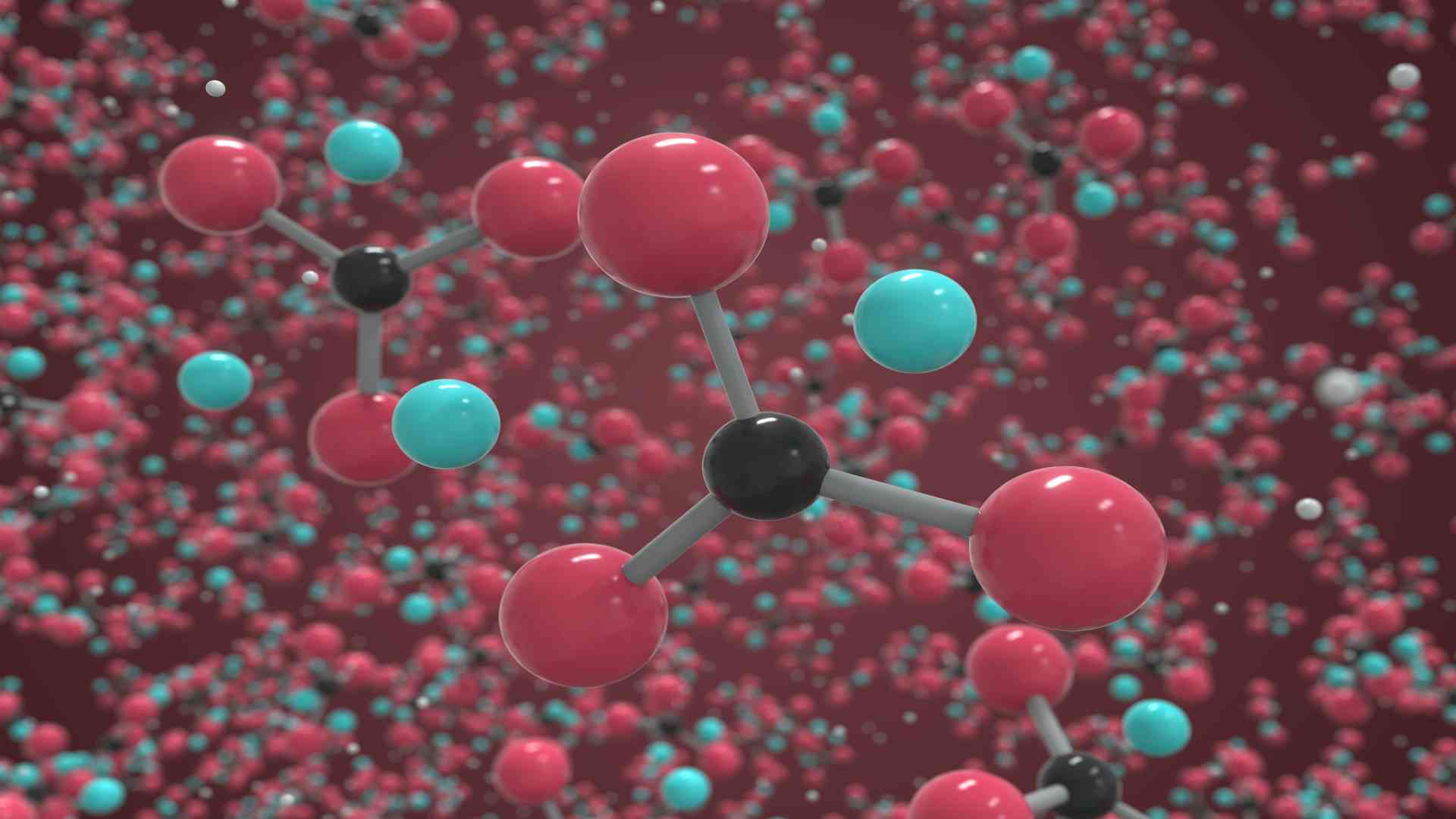
Lithium carbonate
What is Lithium Carbonate?
Its primary application is as a precursor to compounds used within lithium-ion batteries. Most rechargeable batteries, including those found inside your phone, contain lithium. Lithium compounds can be divided into two types: cathode and electrolyte. Precursors of lithium compounds are Li2CO3 and Li(OH)2 (lithium hydroxide). It is possible to convert Li2CO3 to Li(OH)2. The electrolyte is a lithium hexafluorophosphate solution, and the cathode is one of many lithiated structures, the most common of which include lithium cobalt oxide and lithium iron phosphate.
Lithium carbonate is also an inorganic compound frequently used to oxidize metal oxides. Both high-fire and low-fire porcelain glazes contain lithium carbonate. It combines silica and other materials to produce low-melting fluxes. Its alkaline properties aid in transforming metal oxide dyestuffs in glaze, specifically red iron oxide (Fe2O3).
Further, the World Health Organization considers it an essential medicine as it can assist treat bipolar disorder and other mental illnesses. The medicine helps by reestablishing the equilibrium of natural chemicals in the brain known as neurotransmitters.
Lithium carbonate is used in psychiatric medications. Lithium has been used to treat various ailments, including depression and manic depression. John Cade discovered in 1948 that lithium ions were responsible for lowering mania associated with bipolar disorder.
Taking lithium carbonate decreases the frequency of manic episodes and the severity of symptoms experienced during those incidents. The medicine may also assist in improving cognitive function and reducing the risk of suicide.
Lithium carbonate, as the prescription, is safe for humans, while industrial Li2CO3 isn’t, as it contains dangerous levels of harmful heavy metals or other pollutants.
Under the Food and Drug Administration (FDA), Li2CO3 (300-600mg) is typically taken twice or thrice daily for adult bipolar disorder maintenance. The precise dose is based on variables like the patient’s serum lithium concentration levels, which a physician must carefully watch to prevent lithium toxic effects and potential kidney damage.
Lithium Carbonate Market Analysis During 2020-2030
As per the factmr, the global Li2CO3 market is growing at a compound annual growth rate (CAGR) of 11.1% over the last half-decade. However, the COVID-19 outbreak has heavily hampered battery manufacturing, which has impacted the Li2CO3 market.
Li2CO3 is widely used in manufacturing lithium-ion battery cathodes and electrolytes (LIBs). Because of their higher energy density than other battery types, these batteries are commonly used in electric vehicles.
The automotive industry is shifting its focus toward developing fuel-efficient and environment-friendly vehicles. The growing stringent government regulations regarding emission levels are expected to fuel electric vehicles’ demand. This is anticipated to have a positive impact on the growth of the Li2CO3 market over the next few years.
Market Analysis by Grade
The global lithium carbonate market is categorized based on grade into the battery and high purity. Battery grade holds over three-fourths market share, attributed to the growing demand for batteries from various end-use industries such as automotive, electronics, and others.
High-purity grade lithium carbonate is highly priced due to the high manufacturing cost. This grade is primarily used in producing glass, aluminum, and cement. However, due to its limited application, it makes up less than 20% of worldwide Li2CO3.
Market Analysis by Region
In 2020, East Asia will have the largest market share. This pattern is expected to persist throughout the forecast period. Presently, Europe represents approximately 15% of the global demand for lithium carbonate, primarily driven by the expanding automotive industry.
According to market trends, North America was the strongest market during the historical period. East Asia, South Asia, and Oceania have proceeded at around 9% CAGR over the historical period.
Key Players in Li2CO3 Market
The three major companies in the global Li2CO3 market – SQM, Albemarle, and Livent – make up over 70% of the total world supply. This makes the market extremely concentrated.
As per the Mst access report, 5E Advanced Materials (FEAM) investigates lithium extraction methods from the Fort Cady incorporated boron facility wastewaters. The mineral resource assessment for Fort Cady includes 214k tonnes of lithium carbonate equivalent (LCE). More than 550k tonnes of LCE are contained in the notional resource attached to the restructured mine plan.
FEAM will analyze the lithium extraction from treated water after the removal of boric acid. The central emphasis remains on the boron specialty industry, as well as current technology and test work related to improving the solution mine and process to be the cheapest in the market, with an annual production of 20,000t of LCE.
Market analysts predict a supply deficiency of 5,000 mt LCE in 2022. The majority of extra quantities are anticipated to be available as early as 2H2022.

